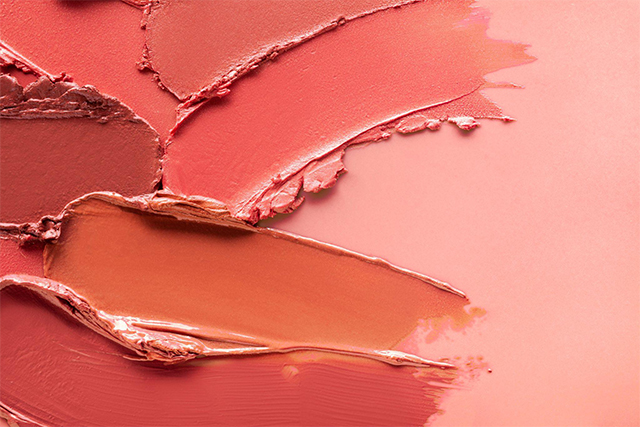As people worldwide become increasingly aware of the harm certain chemicals can do to their bodies, cosmetics companies need to prioritize safe formulations when bringing their products to market. This need for safe products is especially critical when the products in question go directly on our lips.
In 2017, a French consumer group released a warning about potentially-harmful ingredients in lip balms. Similar elements, such as mineral oil saturated hydrocarbons, can be found in lipsticks, which have been shown to inflame the lymph nodes and liver if swallowed. Other lip products, such as lipsticks and glosses, have been found to contain chromium, lead, and other toxic elements.
The presence of harmful materials has led cosmetics companies, chemists, and healthcare professionals to seek better lip product formulations. Consumers’ heightened interest in clean, non-toxic cosmetics has led to new developments hitting the market.
Lipstick and other lip products have been around for centuries. Women (and often men, too) have been applying color to their lips in one way or another, dating back to the Ancient Sumerians 5,000 years ago. Ancient lip products were made by crushing oils, waxes, and sometimes gemstones to achieve the desired color and consistency. Ancient Greeks used a mixture of crocodile droppings, sheep sweat, and red dye for their lipsticks. Little was known about the toxicity of chemicals, so research into what formulations may be the best (and safest) was primarily trial and error. In other words, if a person died after using their new lip stain, it probably wasn’t made of safe materials. It was back to the drawing board.
Early commercial lip products were made naturally compared to more current formulations. In the late 1800s, a company named Guerlain developed lipstick made from grapefruit, butter, and wax. Companies like Sears sold mass quantities of similar products.
The first introduction of potentially-harmful chemicals to lip formulations happened in the early 20th century. Unregulated cosmetics companies experimented with various formulas meant to make lip color last longer, moisturize lips, or add shine. Congress passed a regulatory measure in 1938 to curb the inclusion of harmful chemicals and ingredients in cosmetics, but the cosmetics companies fought back against such regulatory standards. As of 2022, It has been over 80 years since laws for cosmetics have undergone a significant change.
This lack of regulation leaves the onus on the consumer to vet their lip products and decide whether the chemicals they contain are safe. Customers who want to ensure that their lip products are non-toxic and safe to wear will want to seek out the more natural, medically-clean ingredients as often as possible. Finding natural, clean lip products is becoming easier as more and more companies bring non-toxic cosmetics to the marketplace.
Lip formulations can use natural thickeners, such as plant butter or beeswax. While all lipsticks contain some level of preservatives, which can often be toxic, they require less than other more water-based products. The natural oils and butters used for other purposes in lip formulas help keep the lipstick mold and bacteria resistant. However, companies can add additional preservatives such as Butylated Hydroxyanisole (BHA) to lipsticks to extend their shelf life. Even if a lip product is touted as “non-toxic” or clean, it always makes sense to abide by expiration dates.
Lip products can even contain fragrances. How often have you seen lip balms on the shelf that taste and smell like favorite foods? The problem with these products arises when their ingredients include the phthalates and parabens necessary for those scents, which can be carcinogens.
It’s impossible to have a chemical-free lip formulation. Everything, even water, contains chemicals. However, you can have a lip product free of toxic chemicals. Many companies are now taking note of consumer demand for clean, safe products and releasing lip products that are vegan, hypoallergenic, and even gluten-free. They use clean products such as olive oil or tridecyl trimellitate to create lip products that are long-lasting and as moisturizing as products that may contain more toxic ingredients.
Lip formulations have evolved dramatically over centuries of research, trial and error, and technological advancements. As interest in non-toxic formulations increases, innovations will continue to unfold that allow consumers to access products that make them feel safe and beautiful.

